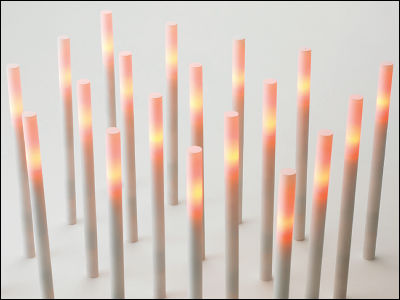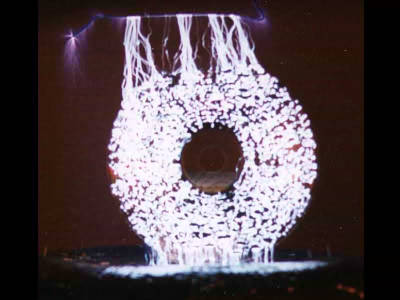How to make an ion engine that produces thrust without fuel at home

An ion engine is a type of rocket engine that employs a method called electric propulsion. It ionizes and accelerates air or gas by electric discharge, and converts it into thrust. Engineer and YouTuber Integza Joel Gomez explains how to make this ion engine, which is also installed in satellites, at home.
In front of Mr. Gomez are two wires.

Place a lit candle in front of these two wires.

Then the candle flame became small as if it had been fanned by the wind.

When you turn off the lights in the room, it looks like this. A blue light runs from the thin wire in the foreground to the thick wire in the back.

When a high voltage is applied to two wires, a corona discharge occurs from the thinner wire to the thicker wire. This corona discharge creates an air current called 'ion wind'.
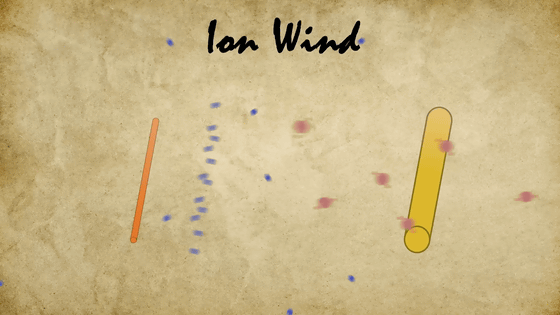
If you prepare an electrode with many thin wires and an electrode with many thick wires and apply a high voltage, the amount of corona discharge will increase and the force of the ion wind will inevitably become stronger.

A number of electrodes are placed on top of each other and a lit match is held in front of them.
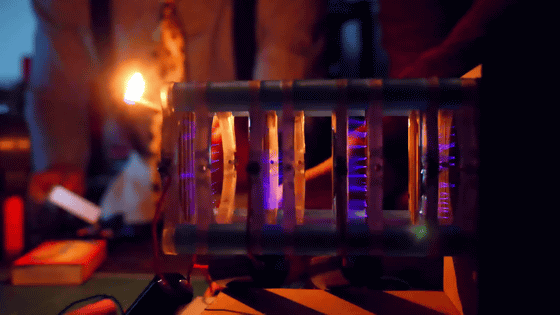
The fire was extinguished in an instant.
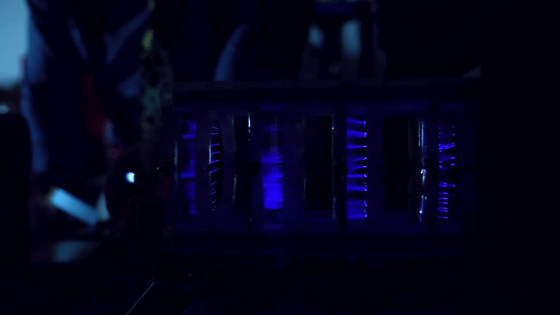
If you stack several electrodes, a sufficiently strong air current will be generated, but the thruster itself will become large and cannot be expected to generate thrust. Therefore, Mr. Gomez aimed to reduce the size and weight of the ion thruster.

We prepare a lithium ion battery and a high voltage converter that was handled by Amazon.

When a high voltage is applied to a metal cylinder and an unshielded wire, a corona discharge is generated like this.

Increase voltage.
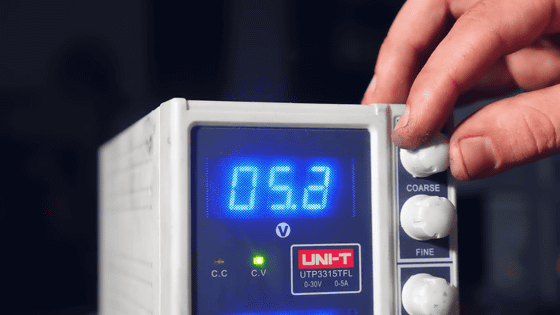
Then, the generated air current became quite strong, and when a lit candle was placed, the fire was blown out.
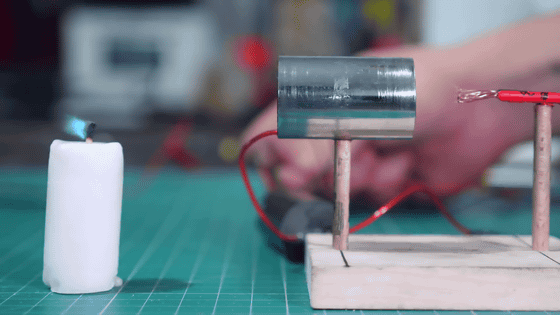
In order to create a sharp point that makes it easier to generate corona discharge, prepare a metal part with notches instead of a wire with the shield removed.
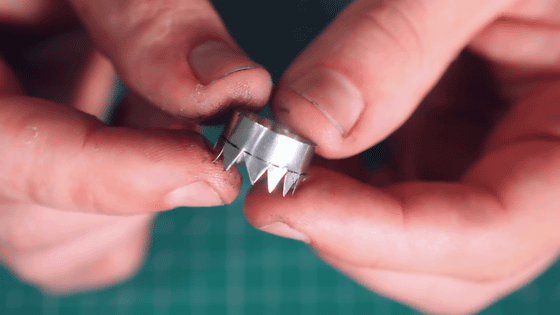
The part receiving the corona discharge needs to be a cylinder in order to gather the airflow, but by devising the shape, it is possible to generate the airflow efficiently even if it is short.
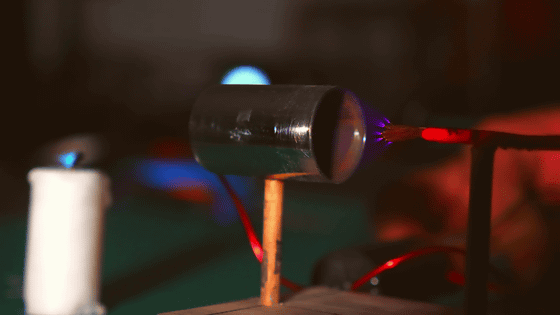
Print the electrode that receives the corona discharge with a 3D printer with resin.
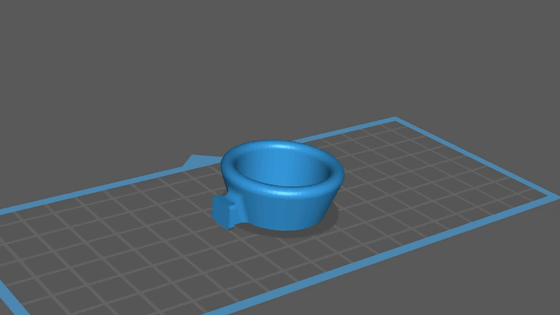
Prepare a graphite spray with conductivity.
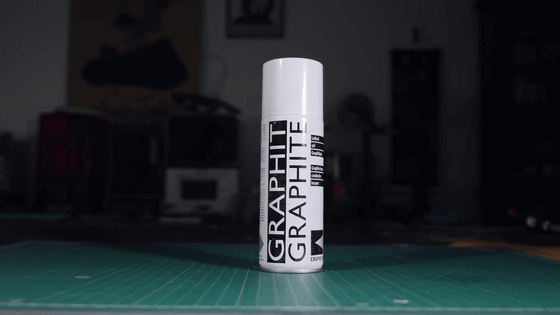
Spray the printed parts.
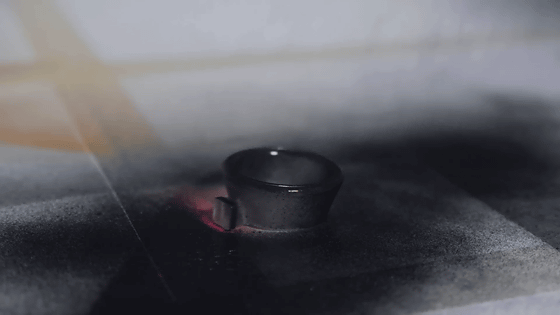
Copper sulfate was prepared next.
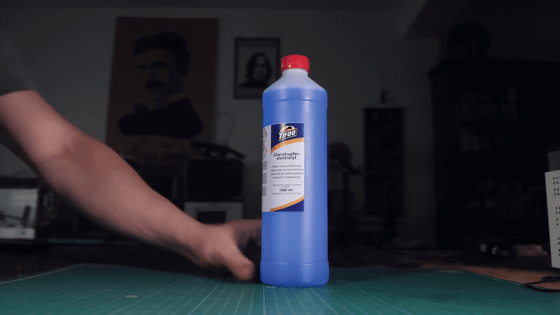
Pour copper sulfate into a beaker, connect the negative pole of the power supply to the part, and connect the other positive pole to the copper foil.
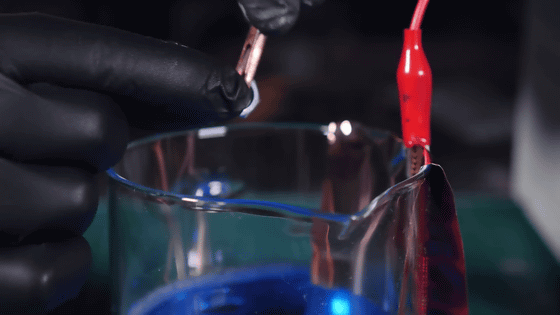
I am moving the parts as they are in copper sulfate.

Then the parts were plated with copper.
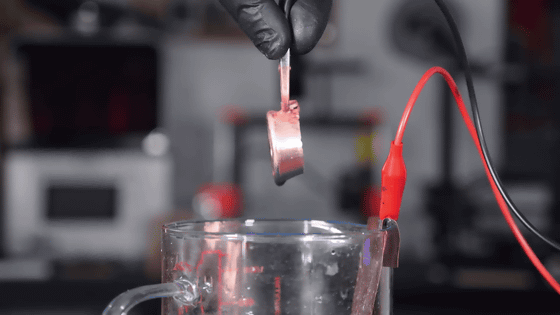
Fix the two parts to the base output by the 3D printer.
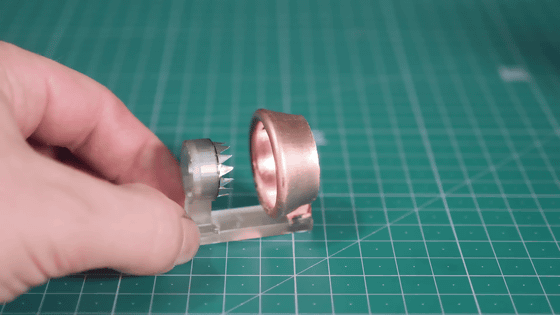
Connect to high voltage converter.
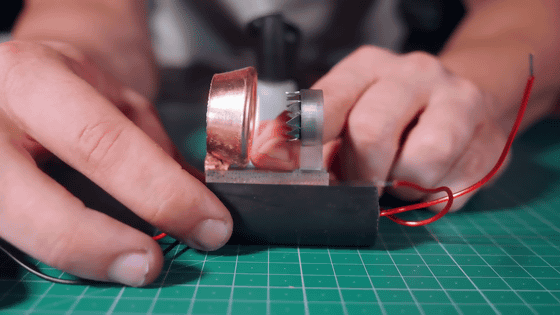
Weight is 53g.
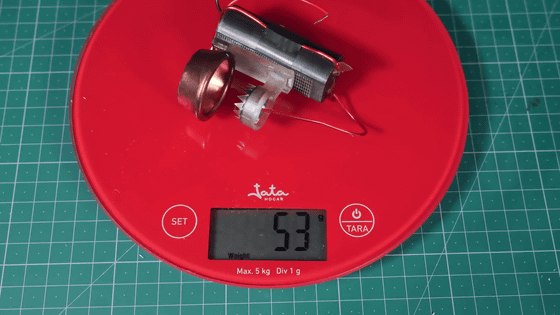
When the switch is turned on, a corona discharge runs from the jagged parts to the plated parts.
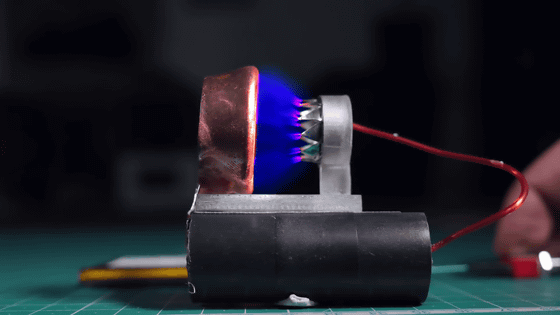
The plated parts are slightly tapered when viewed from the side, and gather the generated airflow. As a result, the flame went out as soon as the lit candle was placed at a certain distance.
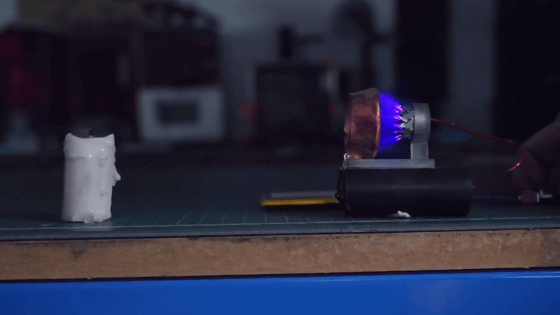
You can see that the generated air current is quite strong when you see that the fire has disappeared even if it is placed about 30 cm away.
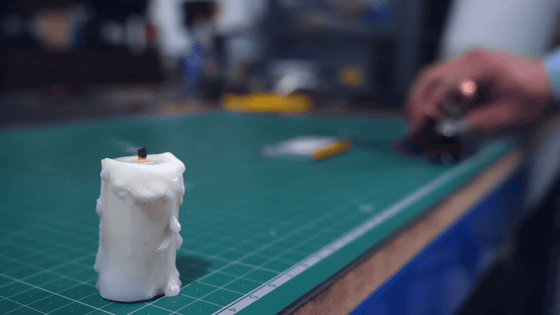
The following is an observation of the airflow using smoke.

Place this miniaturized ion thruster on a styrofoam board.

When I turned on the switch, I went straight on the water.
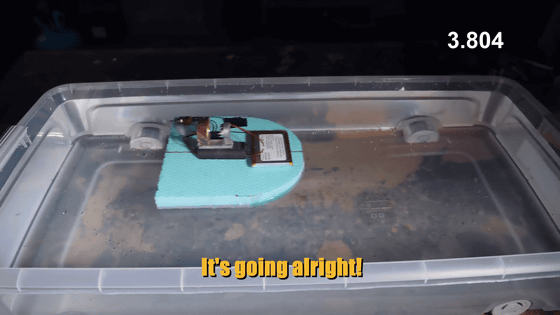
Placing multiple ion thrusters on a styrofoam board will increase the thrust and speed.

Next, attach an ion thruster to a rubber balloon filled with helium.
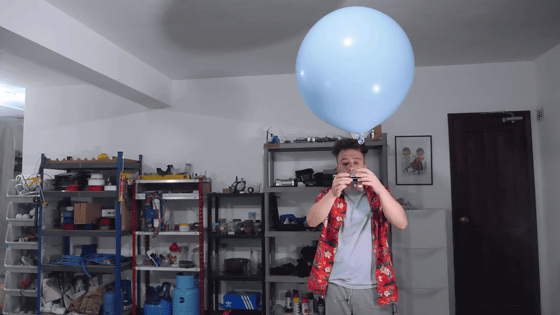
The rubber balloon started to move quietly by the thrust of the ion thruster.

This ion thruster can be made relatively easily with things at home. However, Mr. Gomez warns that it is a dangerous experiment because it is necessary to prepare high voltage.

Related Posts:



